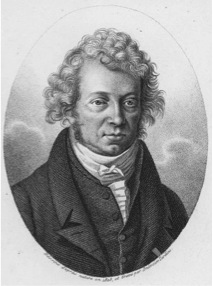Amperage

Amperage is a quantity in physics for the number of electrons that flow through a specific cross-sectional area of an electric conductor within one second.
(You can imagine this as if there was a gate that counts the electrons that pass a specific spot in the conductor). The symbol for amperage is I.
The symbol I derives from the word "intensity". Intensity helps do understand that the amperage is high if an especially great number of electrons
flow through the cross-sectional area within a certain period of time.
The unit for amperage is ampere (A). Originally, the word comes from the surname of the French physicist André-Marie Ampère, who lived from 1775 – 1836 in
France. An amperage of one ampere is reached if 6,24 quintillions (6.240.000.000.000.000.000) electrons have flown
through the cross-section within one second!!!
For our human body an amperage of 0.03 A is already dangerous!
If you know the voltage and the electric resistance of a circuit, you can calculate the amperage with the help of this formula:

These models of a conductor help you to understand what a high or a low amperage means. The higher the amperage, the more electrons flow through the conductor within a certain period of time:

Low amperage; a few electrons per period of time:

Note: In a real conductor the electrons don't move that straightforward; they rather move in a zig-zag-course.
Here are some examples of amperage values in our everyday life:
| 40W-light bulb | about | 0,4 ampere |
| Torch | up to | 0,6 ampere |
| Toaster | about | 5,2 ampere |
| Oven | up to | 12 ampere |
| Electric locomotives | abaut | 150 ampere |
| Thunderbolt | up to | 1.000.000 ampere |
